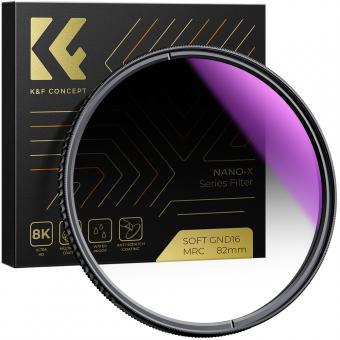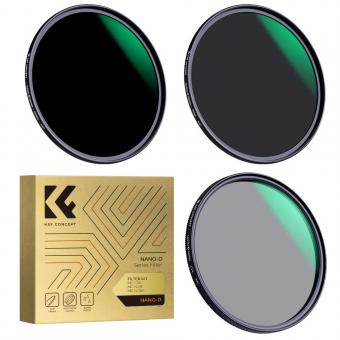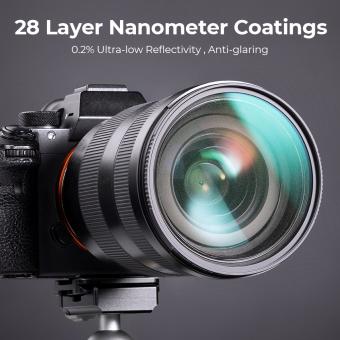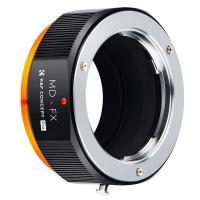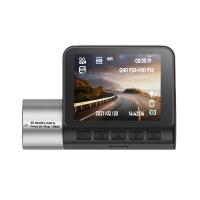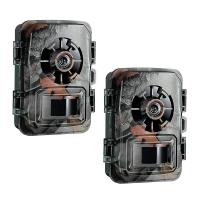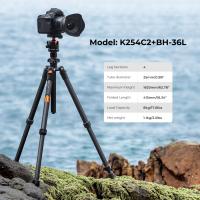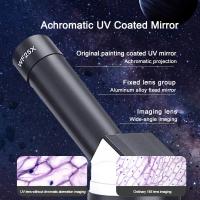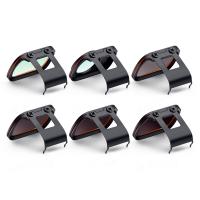What Is Neutral Density Filter In Photography?
A neutral density filter in photography is a filter that reduces the amount of light entering the camera without affecting the color of the image. It allows photographers to use slower shutter speeds or wider apertures in bright conditions, enabling creative effects such as motion blur or shallow depth of field.
1、 Purpose
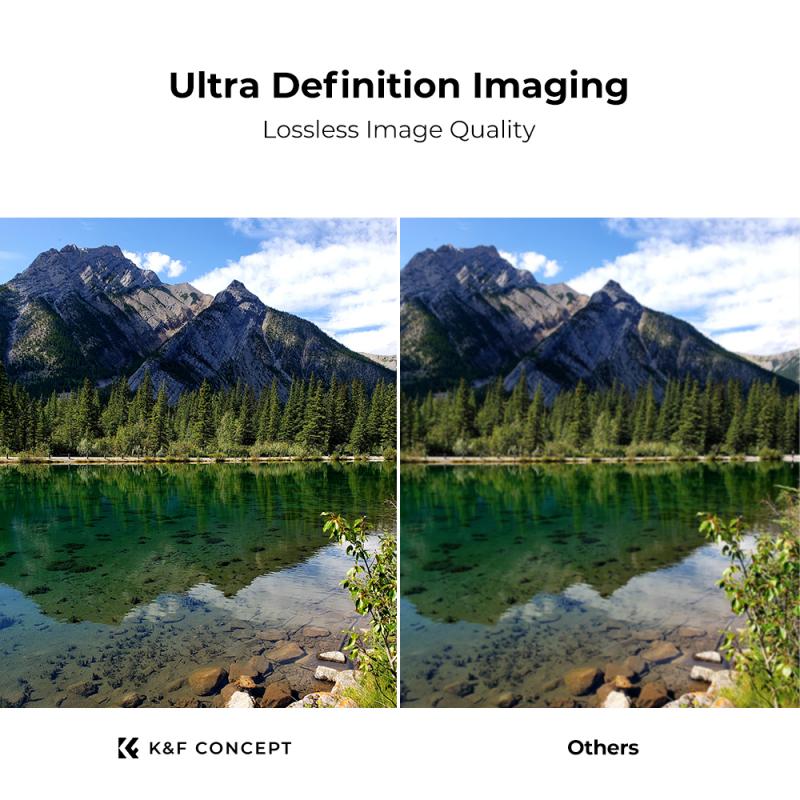
The purpose of a neutral density filter in photography is to reduce the amount of light entering the camera without affecting the color or contrast of the image. This allows photographers to use longer exposure times or wider apertures in bright conditions, which can be particularly useful for capturing motion blur in moving subjects or creating a shallow depth of field in bright light.
From a latest point of view, neutral density filters are also used to achieve a balanced exposure in situations where the dynamic range of the scene exceeds the capabilities of the camera sensor. By reducing the overall light entering the camera, neutral density filters help to prevent overexposure in the highlights and retain detail in the shadows, resulting in a more balanced and well-exposed image.
Additionally, neutral density filters are commonly used in landscape photography to capture long exposure shots of waterfalls, rivers, or oceans, creating a smooth and ethereal effect in the moving water. They are also popular in architectural photography to remove moving objects from a scene, such as people or cars, by using a long exposure to blur them into obscurity.
In summary, the purpose of a neutral density filter in photography is to control the amount of light entering the camera, allowing for creative effects, balanced exposures, and the ability to capture long exposure shots in bright conditions.
2、 Function
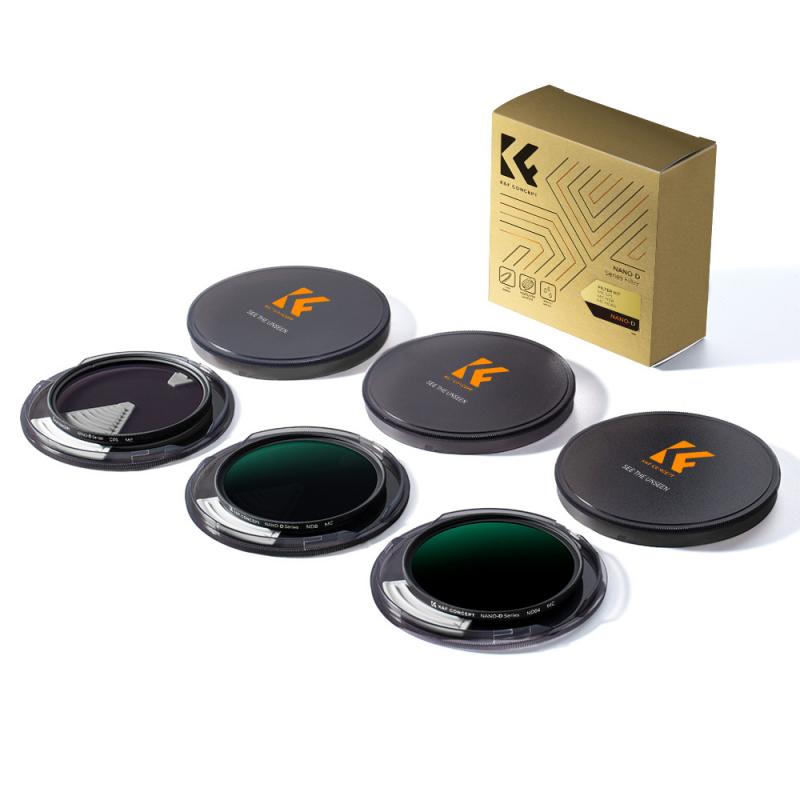
Neutral density filter in photography is a type of filter that reduces the amount of light entering the camera without affecting the color or hue of the image. This allows photographers to use longer exposure times or wider apertures in bright conditions, resulting in creative effects such as motion blur in moving subjects or the ability to capture shallow depth of field in bright sunlight.
Functionally, neutral density filters work by reducing the intensity of all wavelengths of light equally, hence the term "neutral." They come in various strengths, measured in stops, which indicate the amount of light they block. Common strengths include 1-stop, 2-stop, and 3-stop filters, with higher-stop filters allowing for even longer exposures in extremely bright conditions.
From a latest point of view, neutral density filters continue to be essential tools for photographers, especially with the increasing popularity of long exposure photography and the demand for capturing images with shallow depth of field in bright outdoor settings. Additionally, with the advancements in digital photography, neutral density filters are being used creatively to achieve unique and artistic effects that were previously only possible in traditional film photography.
In summary, the neutral density filter in photography serves the function of controlling the amount of light entering the camera, allowing photographers to achieve specific creative effects and maintain control over exposure settings in various lighting conditions.
3、 Types
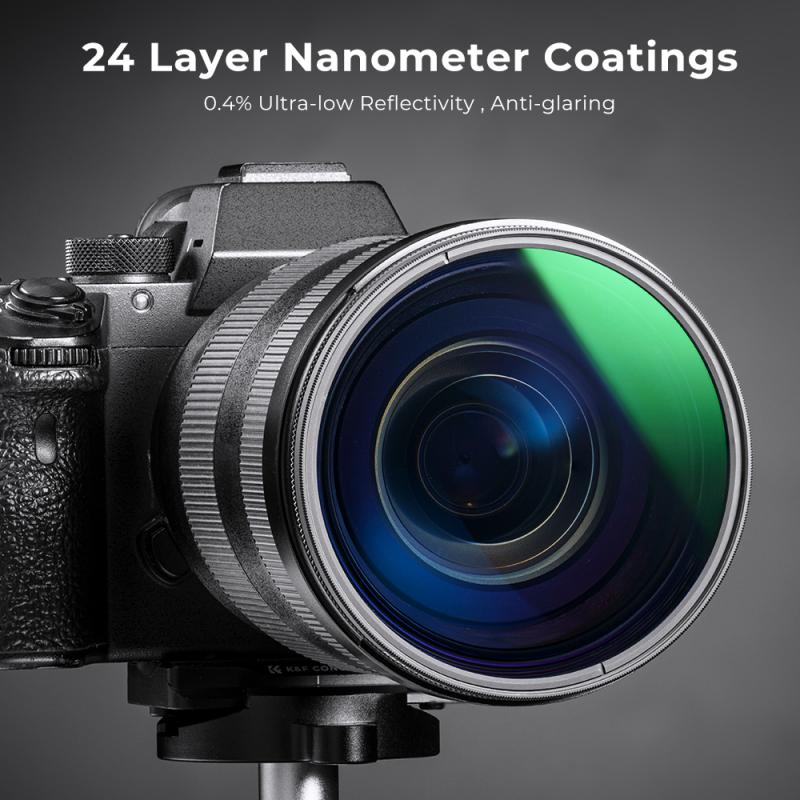
A neutral density filter in photography is a type of filter that reduces the amount of light entering the camera without affecting the color or hue of the image. This allows photographers to use longer exposure times or wider apertures in bright conditions, resulting in creative effects such as motion blur or shallow depth of field.
Types of neutral density filters include solid, graduated, and variable ND filters. Solid ND filters reduce the overall light entering the lens, while graduated ND filters are darker on one side and gradually become lighter, often used for balancing exposure in landscape photography. Variable ND filters offer adjustable density levels, providing flexibility in different lighting conditions.
The latest point of view on neutral density filters in photography emphasizes their importance in achieving creative effects and overcoming exposure challenges. With the increasing popularity of long exposure photography and videography, neutral density filters have become essential tools for capturing stunning images and videos in various lighting conditions. Additionally, advancements in filter technology have led to the development of high-quality, multi-coated filters that minimize reflections and maintain image clarity.
Overall, neutral density filters play a crucial role in enabling photographers and videographers to expand their creative possibilities and achieve professional-quality results in challenging lighting situations.
4、 Usage
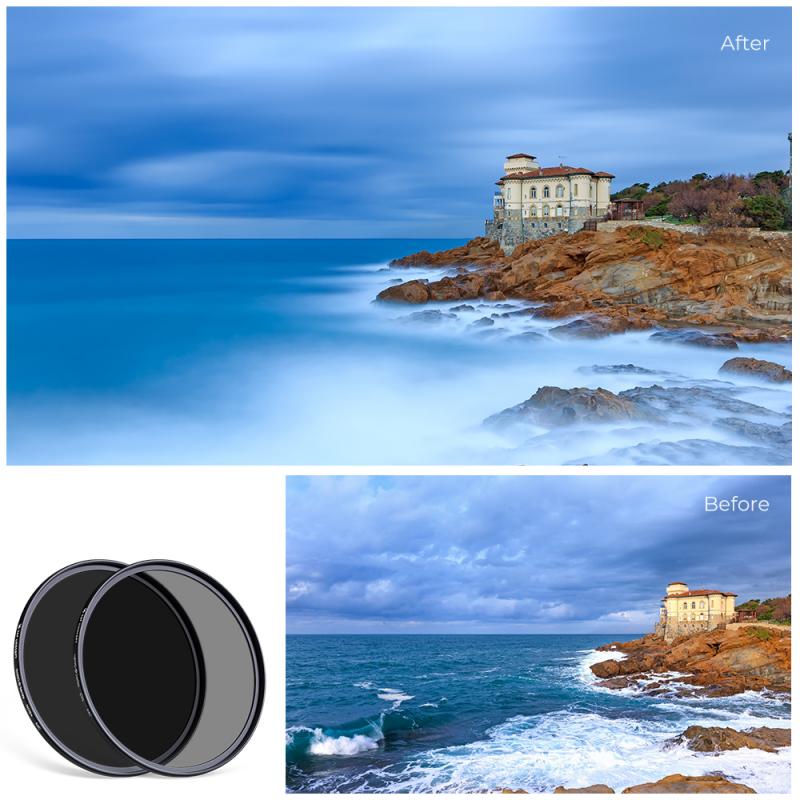
Neutral density filter in photography is a type of filter that reduces the amount of light entering the camera without affecting the color or hue of the image. This allows photographers to use longer exposure times or wider apertures in bright conditions, resulting in creative effects such as motion blur in moving subjects or the ability to capture shallow depth of field in bright sunlight.
The usage of neutral density filters has evolved over time, with photographers using them for a variety of purposes. Landscape photographers often use them to capture long exposure shots of waterfalls or rivers, while portrait photographers may use them to achieve a shallow depth of field in bright outdoor settings. Additionally, neutral density filters are also used in architectural photography to create smooth, even exposures of buildings and cityscapes.
In the latest point of view, neutral density filters are also being used in videography to achieve cinematic effects. Filmmakers use them to maintain a consistent shutter speed and aperture while shooting in bright outdoor conditions, resulting in a more professional and polished look to their videos.
Overall, neutral density filters are a versatile tool in a photographer's kit, allowing for creative control over exposure and depth of field in a variety of shooting conditions.

